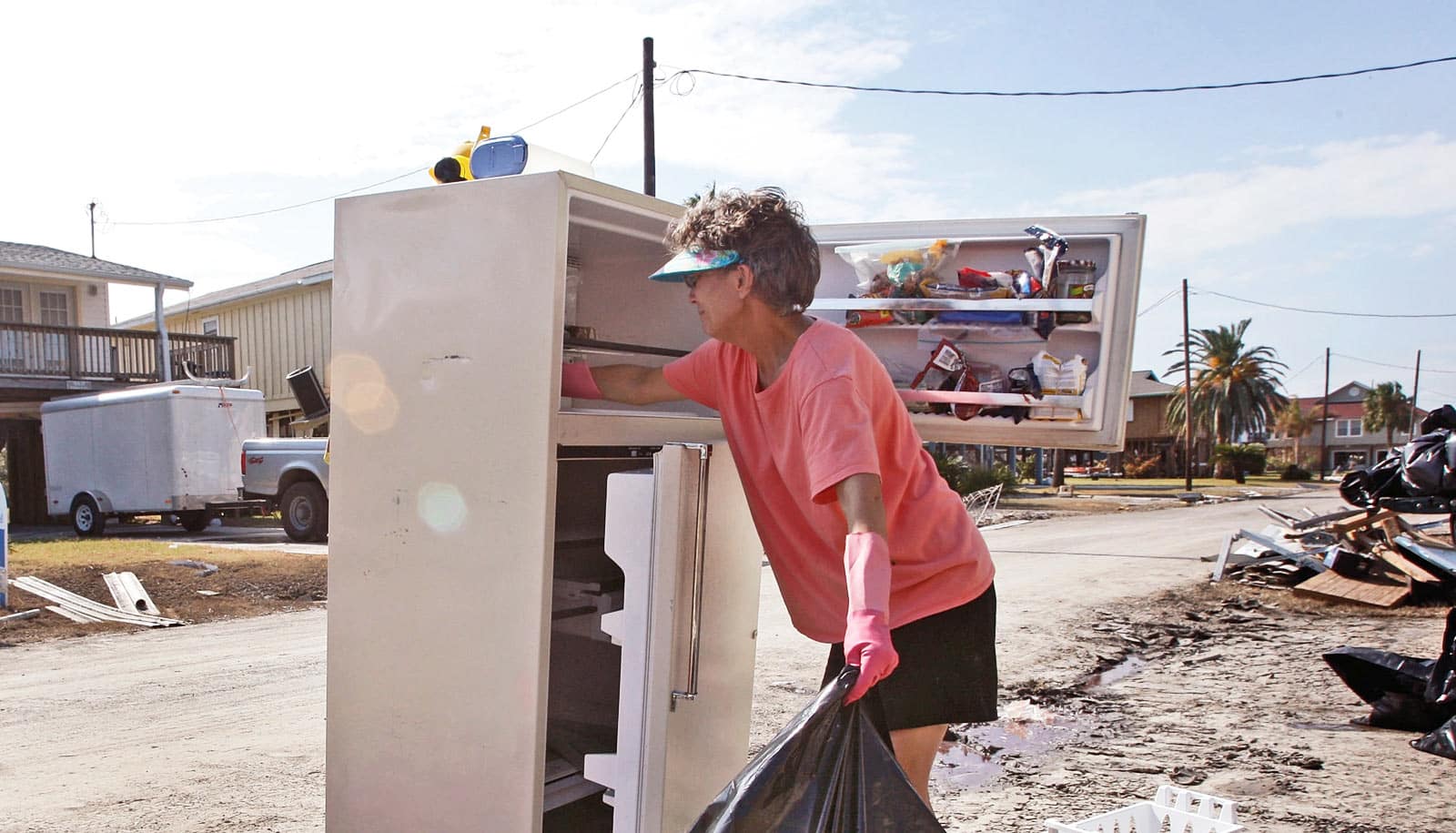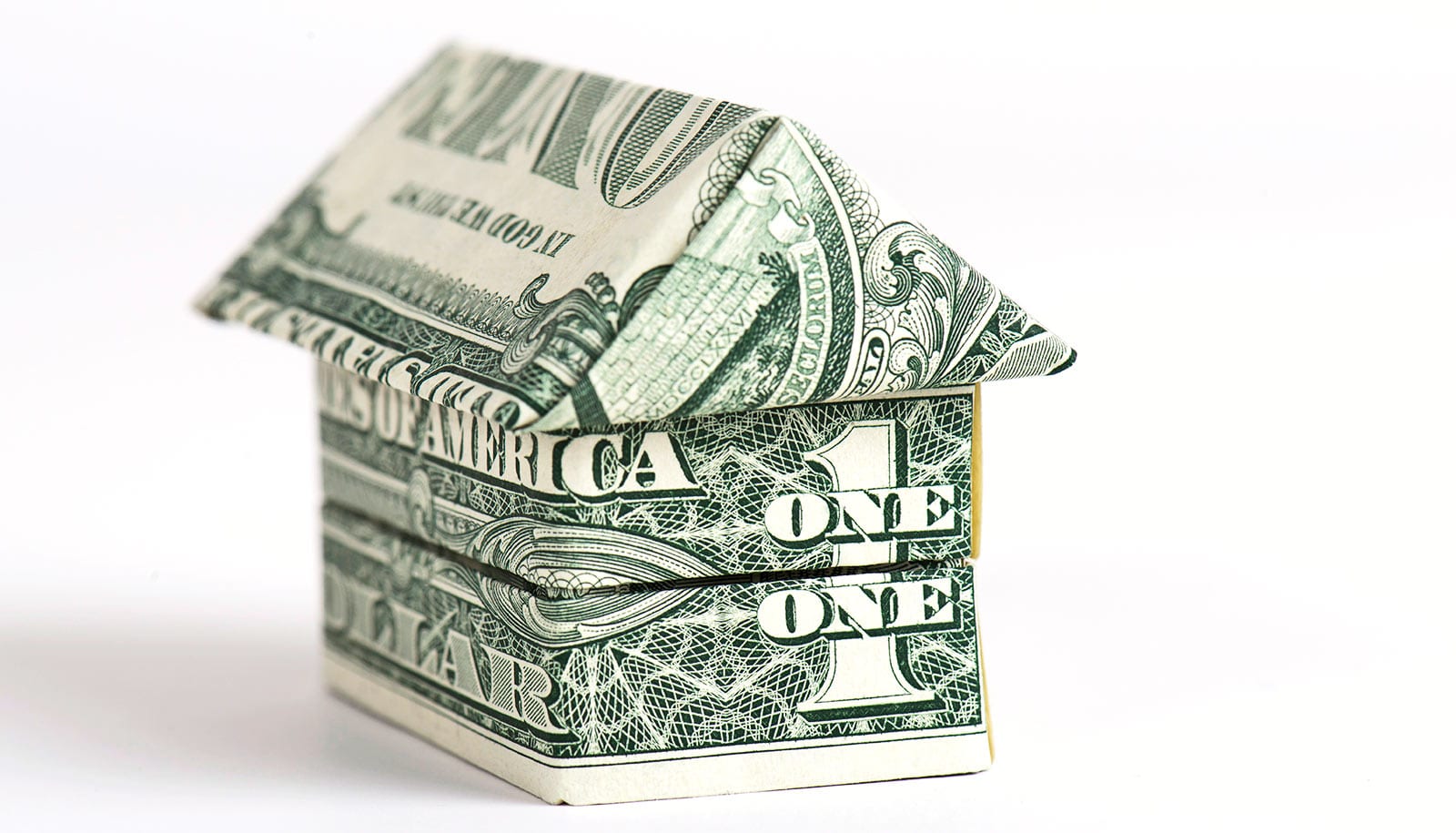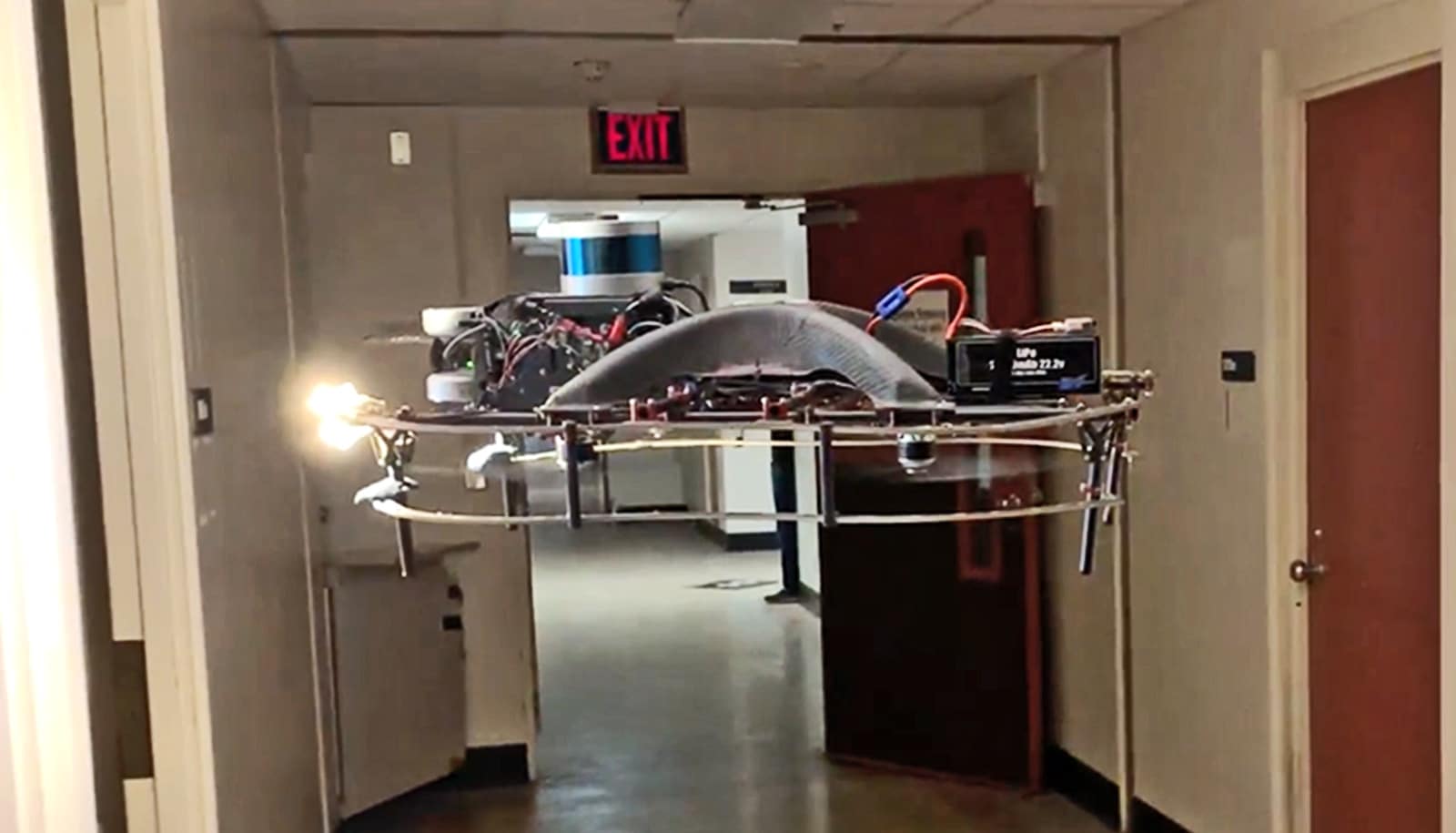The types of housing and homeowners—and how US policy handles each—play a major role in recovery outcomes following a natural disaster, a new study reports.
The findings show the United States needs to change how it funds housing recovery, says Sara Hamideh, assistant professor of community and regional planning at Iowa State University. “Housing is such a unifier because it’s so essential to economic, social, and psychological recovery following a natural disaster.”
As reported in Natural Hazards Review, Hamideh and colleagues focused on Hurricane Ike, which struck in 2008 amd was was one of the costliest hurricanes to ever hit the United States, causing $29.5 billion in damage to the Galveston and Houston areas.
“We have to invest a lot more in recovery for rental occupancy homes, particularly in neighborhoods that have higher social vulnerability factors.”
Galveston, an island city with a significant tourist economy, was hit particularly hard and did not recover as quickly as other areas. Researchers looked at how the city’s owner-occupied, year-round homes—most of which are behind a seawall—recovered compared to seasonal vacation housing.
Traditional residential homes sustained less damage and were restored more quickly than vacation homes. This could be due in part to owner-occupied housing having greater access to recovery resources, and the owners deciding to repair and rebuild faster than absent owners of vacation housing.
FEMA flood maps missed past damage near Houston
In the team’s analysis of traditional, single-family housing located in areas that lean toward vacation homes, the former suffered less damage and recovered faster because the homes were built in accordance with stronger building codes, demonstrating “the effectiveness of mitigation for accelerating recovery.”
In a city like Galveston, slow recovery for vacation homes “can hold back recovery of the local economy as well,” researchers say.
The team suggests that housing recovery policies account for the intricacies of a community: various types of housing, decision-making tendencies of different owners, and social vulnerability factors.
Why disaster recovery shouldn’t overlook domestic violence
“Our current system of funding disaster recovery is geared toward mostly helping people who are in a good state already, such as owner-occupied, single-family homes,” Hamideh says.
“This research shows we have to invest a lot more in recovery for rental occupancy homes, particularly in neighborhoods that have higher social vulnerability factors.”
Source: Iowa State University



